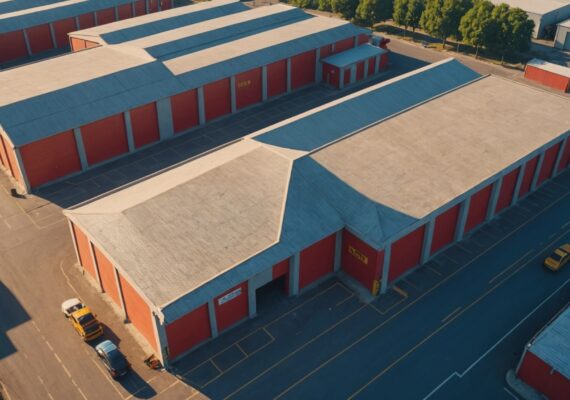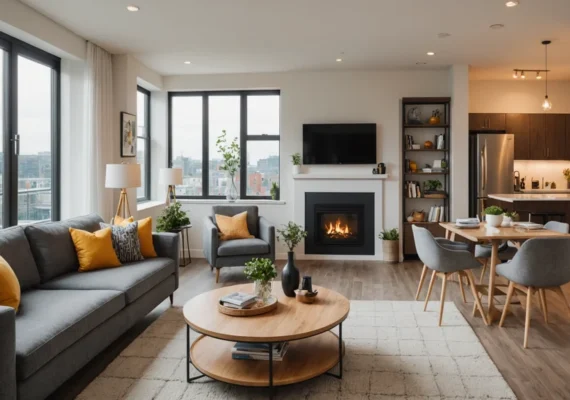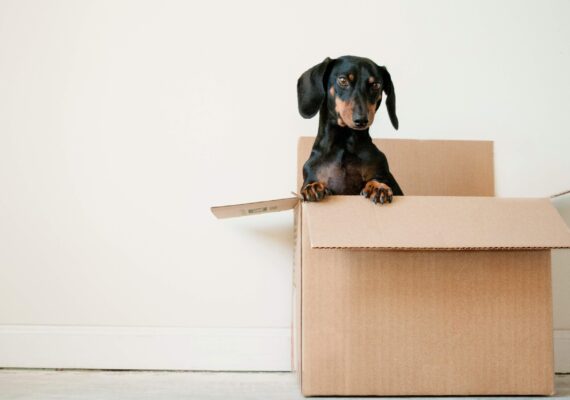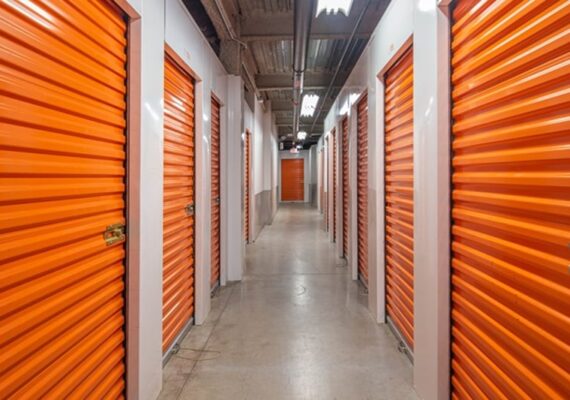The last of the fall leaves have fluttered to the ground, which means winter is just around the corner – if that first cold snap hasn’t already hit. Whether you are a landlord or a renter, now is the time to ensure your rental is winter-ready for the upcoming chilly weeks ahead.
Last Rake and Mow
Depending on your rental contract, either the tenant or the landlord could be responsible for lawn maintenance. No matter which side of the rental lease you are on, ensuring the lawn gets one final rake and mow before more harsh weather sets in, will help ensure a fresh, green lawn returns in the spring.
If you’re the one responsible for raking and disposing of those last-minute leaves, it’s tempting to ignore them, and perhaps assume they’ll just blow away on their own, or mulch their way back into the earth.
Regrettably, from personal experience – this is definitely not the case.
Untended leaves create a soggy mess in ice and snow, making clearing snow more difficult. Even in a milder climate that may only experience freezes, without snow, a dead layer of leaves creates an unwelcome barrier for a lawn, setting the stage for grass to perish underneath due to a combination of leaf mold and lack of air.
It might be chilly work, but it’s essential to get in one final rake and mow before the year’s end.

Gutter and Eaves Cleanout
Due to height and safety concerns, cleaning out the gutters and eaves is typically assessed as the landlord’s responsibility. However, if you are a tenant – take a walk around the rental, and look for blocked gutters, with overflowing leaves, take note if there is any debris on the roof (like heavy branches, or excessive leaf build-up in corners and eaves), and inform the landlord.
Clogged gutters inhibit water flow, which can wreak havoc around porches and foundations. Without a clear, clean vector to off-shoot water away from a property’s foundation, water tends to pool where it shouldn’t – then freeze, creating hazardous conditions particularly near porches and walkways. Not the ideal situation for either a tenant – or a landlord.
Drain and Winterize Sprinkler Systems and Exterior Spigots
Residual water left in the lines of a sprinkler system are susceptible to freezing. Once frozen – the expansion from ice is often enough to burst pipes, creating a very expensive repair. If you are a tenant – ask your landlord how to drain the sprinkler system (if there’s one present), or put in a work order to ensure it’s done. Likewise, for landlords – particularly if you find yourself swamped with work, or otherwise indisposed – it’s worth a quick call to a plumber to ensure the lines are properly drained.
Ensure any water hoses are disconnected from exterior spigots – allow the water from the hose to drain out, then roll up the hose and store it. Protect exterior spigots with insulation sleeves (available at any local hardware or home improvement store).
And if the weather is forecasting a particularly brutal freeze, it’s a smart move to open exterior faucets just slightly – to create a slow, but steady drip to ensure pipes don’t freeze. The tiny increase on the water bill to create a small drip is far less expensive than being blamed and billed for burst pipes.

Clean and Clear Furnaces and Chimneys
Clean, or even easier – simply replace, the air filters in your furnace as soon as possible, if it hasn’t been done already this fall. Most HVAC systems have easily removable air filters, and a replacement filter can be quickly obtained with a trip to the local hardware store – or even ordered online. Dirty filters will cause a furnace to run less efficiently, meaning the unit must work harder to provide heat – creating higher utility bills. Left untended long enough, the filter could become a fire hazard.
Additionally, if your unit has a chimney – before you light that picturesque roaring winter fire, ensure the chimney is cleaned, clear of build-up, and the damper is opened. If you light a fire, and smoke starts pouring out of the fireplace, and back into the home – the damper is most likely still closed and needs to be opened immediately.
- TIP: When there is no fire burning, the damper or flue is typically left closed – so it must be manually opened/closed with each fire.
Test Smoke and Carbon Monoxide Detectors
Speaking of warm winter fires, ensure your rental is ready for cooler weather with a quick test to ensure all smoke and carbon monoxide detectors are in working order. Most units have an easy test button, to determine if the unit is still operational. The U.S. Fire Administration also recommends replacing alarms after 10 years – the date of manufacture is typically printed on the back of the unit. With additional winter fire hazards such as Christmas tree lights, and wood-burning (aka, carbon monoxide producing) fireplaces, working detectors are a must to get your rental, winter-ready.
Whether you are anticipating snow and deep-freezes, or more mild weather, these easy home maintenance tips will help you ensure your rental is ready for the winter cold!
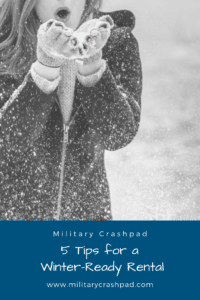
Written by: Kristi Adams



